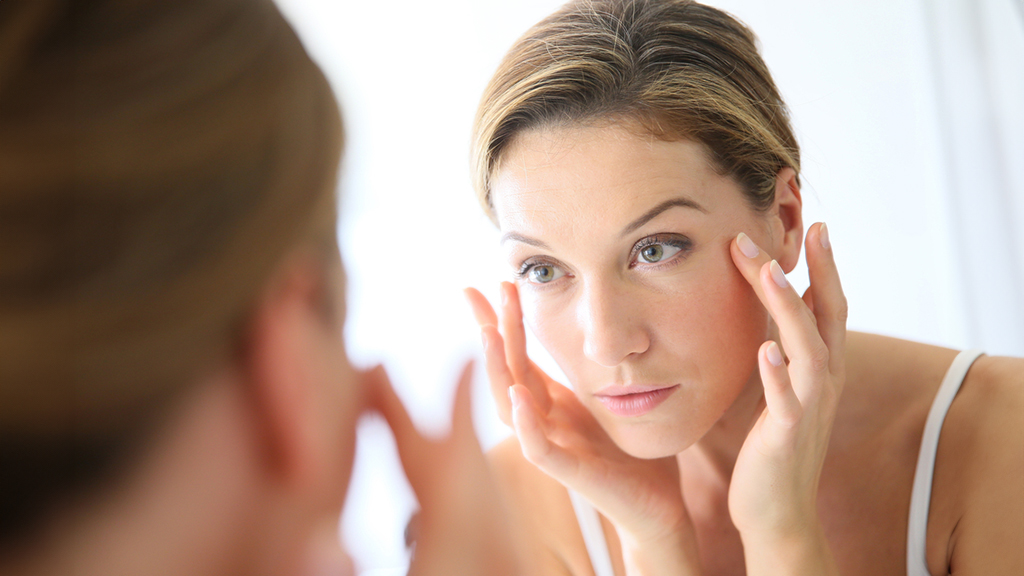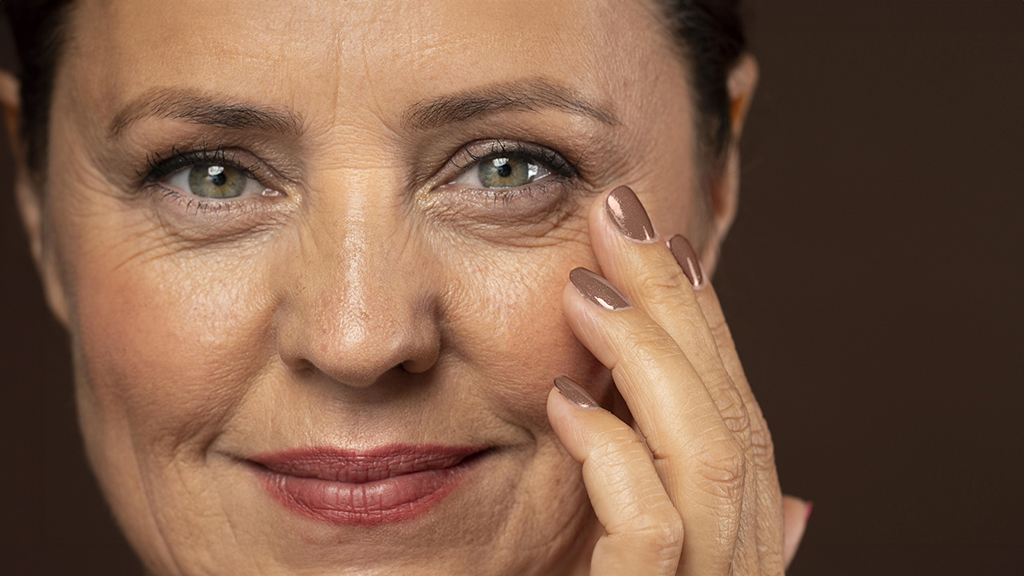Eyelid Surgery (Blepharoplasty)
Blepharoplasty, also known as Eye Bag removal or Eyelid Surgery, involves excising excess skin and fat from the eyelid in order to produce a more alert and youthful appearance.
Advancing years result in our skin naturally losing some of its elasticity and a weakening of the muscles in our face. This can result in the fat that naturally sits around the eye (to protect and cushion it) protruding through the weak muscle and producing more pronounced eye-bags.
With ageing and loss of elasticity, wrinkling and sagging of the eyelid occurs. Upper eyelid excess skin and fat can create a heavy looking eyelid, aged appearance, puffiness, and sometimes block vision. Upper blepharoplasty (eye bag removal) is performed to remove excess skin and fat and can improve vision.
In the lower lid, the effect can be deepening furrows or creases. Lower blepharoplasty (eye bag removal) is performed to remove excess skin, reduce wrinkles, and improve the shape of the lower eyelid by removing skin and fat. Sometimes tightening the eyelid is needed to correct droopiness or sagging. Adding fat or dermal fillers is done to improve a “hollowed” appearance.
Double eyelid surgery (sometimes termed Asian eyelid surgery) is performed to create an upper eyelid crease. Blepharoplasty or eyelid surgery, involves excising excess skin and fat from the eyelid in order to produce a more alert and youthful appearance.
Who is suitable for Blepharoplasty / Eye Bag Removal / Eyelid Surgery?
- Those who have developed excessive eye-bags due to ageing
- Those who have an inherited tendency to develop prominent eye-bags in their early twenties
- Those who have blocked vision due to droopy upper eyelids
- Those who have suffered significant eye and eyelid changes due to thyroid disease
- Those with realistic expectations and who are in good health
What to Consider at this stage?
Before you see your surgeon, it is important to consider exactly what you are trying to achieve from your surgery. In particular, you should understand that the surgeon will only be removing the skin and/or fat from the area around the eyes – the blepharoplasty operation does not affect wrinkles, creases and folds that are distant and distinct from the eye socket itself.
The Procedure for Blepharoplasty surgery
- The operation may be performed under local anaesthetic alone, local anaesthetic with sedation, or general anaesthetic
- Either the upper or lower lids, or both, may be treated during the same operation
- Incisions are made in the natural lines of the eyelids allowing for both skin excision and fat removal
- If only fat removal is required, then the surgeon may opt to remove the fat through an incision hidden on the inside of the lower eyelid (transconjunctival blepharoplasty)
- It takes about forty five to ninety minutes
- Many patients go home the same day. Some patients may stay in hospital for one night
- If your work is not physically demanding, expect to return to work within one week
- Expect to be back to normal physical exercise within two to four weeks
Following the operation
Your eyes are likely to be swollen. For a few weeks expect them to look watery. You may be asked to keep your head elevated for a few days to help the swelling go down. This will be further aided by the use of cold compresses.
As a result of both swelling and skin excision, closing of the eyes might feel a little tight for a while. This generally settles down as the swelling subsides.
Any sutures are removed after three to five days. To begin with, the scars will appear pink. However, as with all scars, they will fade over a period of time. In many patients, they are virtually invisible. However, it’s important to remember that no surgical scar ever totally disappears.
At Elite Plastic & Cosmetic Surgery Group, we will provide you with detailed post-surgery instructions to expedite your recovery. Should you develop any doubts or concerns following your treatment, however, they would encourage you to contact us straight away.
Risks & Complications
Cosmetic surgery is amongst the safest of medical procedures. However, patients must understand and accept that no surgical procedure is totally without risk.
For further information concerning the risks and complications associated with Eyelid Surgery, please refer to Risks and Complications of Blepharoplasty.
At Consultation, your surgeon will discuss these risks with you.
Non-Surgical Options for Eye Bag Removal
There is also a non-surgical alternative for patients whose’ main concern is eye bags caused by protrusion of the subcutaneous fat under the eyes, and who are not yet ready for the surgical option due to various reasons. A course of radio frequency and ultrasound treatment, will improve the appearance of eye bags by reducing the fat and tightening the skin through collagen remodeling.
How long will the results of your Blepharoplasty last?
For the large majority of patients, the results of blepharoplasty are permanent. Of course, the younger a patient undergoes surgery, the more likely that further eye-bags may develop over time.
For details about procedures and treatments or for a consultation, advice and prices from our Dubai clinic please call +971 4 431 2396 or use our online form.



